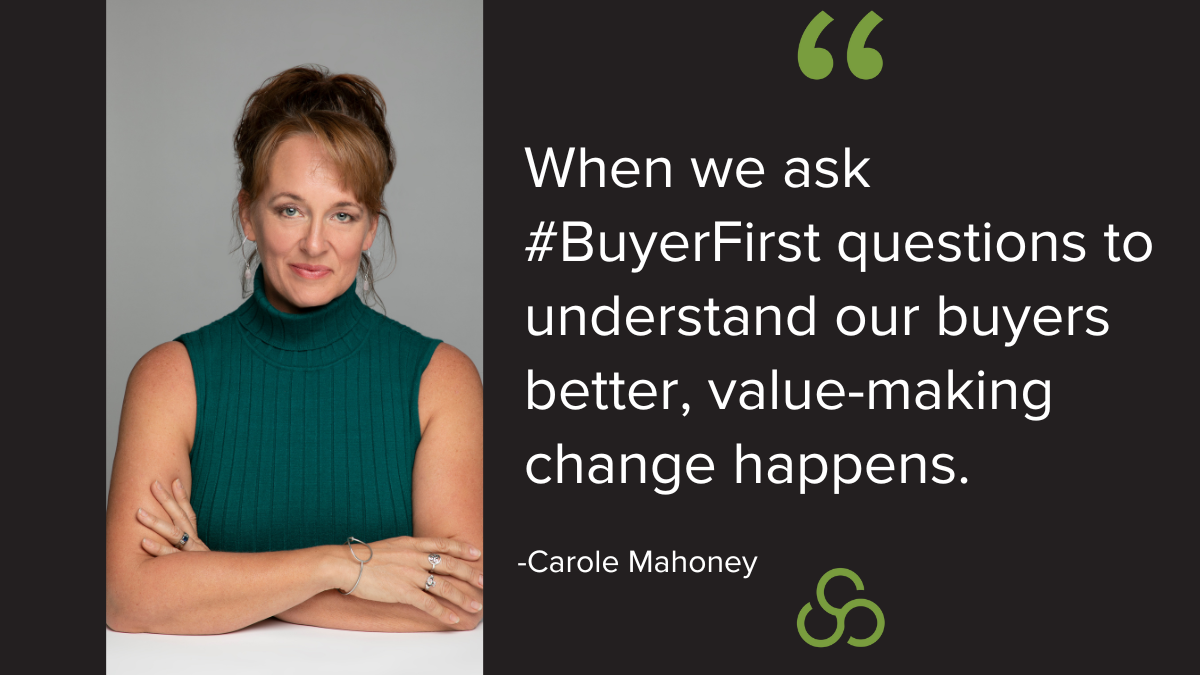
Are you one of the many people in sales who wants to improve your discovery calls? And how do we do that?
Well, imagine for a moment that you go to the doctor and you tell them that you're having a whole bunch of bad stomach cramps, and they ask you maybe two or three different questions, say, "Yeah, you know what? It's probably nothing. I'll give you this prescription. Then you can go on your way and let me know how it goes".
Now. How likely will you trust that doctor's advice when they ask you barely enough questions to understand? And they probably weren't listening.
What if, instead:
You tell them that you're having cramps, and they ask you multiple questions when you go to the doctor. They ask a question, you answer, they ask more questions about your answer, and you go back and forth, digging into the possible scenarios and options for each.
Then finally, your doctor says, "You know your body better than anyone. What do you think about this option versus this one? Which one's more doable for you?"
And then, together, you come up with other questions that need answers and plans to address them. Then your doctor prescribes a diagnostic test which you'll review together and come back with a plan. Now, how likely will you trust that doctor's advice and follow it?
This is precisely how a #BuyerFirst discovery conversation should sound.
If you're a business owner trying to find your first or next customer or a seller in a company.
There are some basic rules of engagement that will improve your discovery calls.
These are some rules that can apply to all of your conversations. Whether in sales conversations, with your kids, family, or friends, you can practice this on anyone around you.
Now, the first rule, which you've probably guessed, is #notaboutme if you've been watching me for any period. I can't believe I didn't wear the t-shirt today, but not about me.
What this means is that it has to be our intent of listening and language and questions. It must focus on the other person in the sense of curiosity.
To do that, we must be fully present, actively listening, and asking several excellent questions that make them think.
OUR NEWSLETTER IS SOMETHING WE'RE PUTTING OUT FOR SUBSCRIBERS ONLY:
Before we start talking about this on social media, we are talking to our audience about the things we're learning daily in the research and the data.
So make sure you subscribe to our newsletter to be first to know about the new things we're learning.






